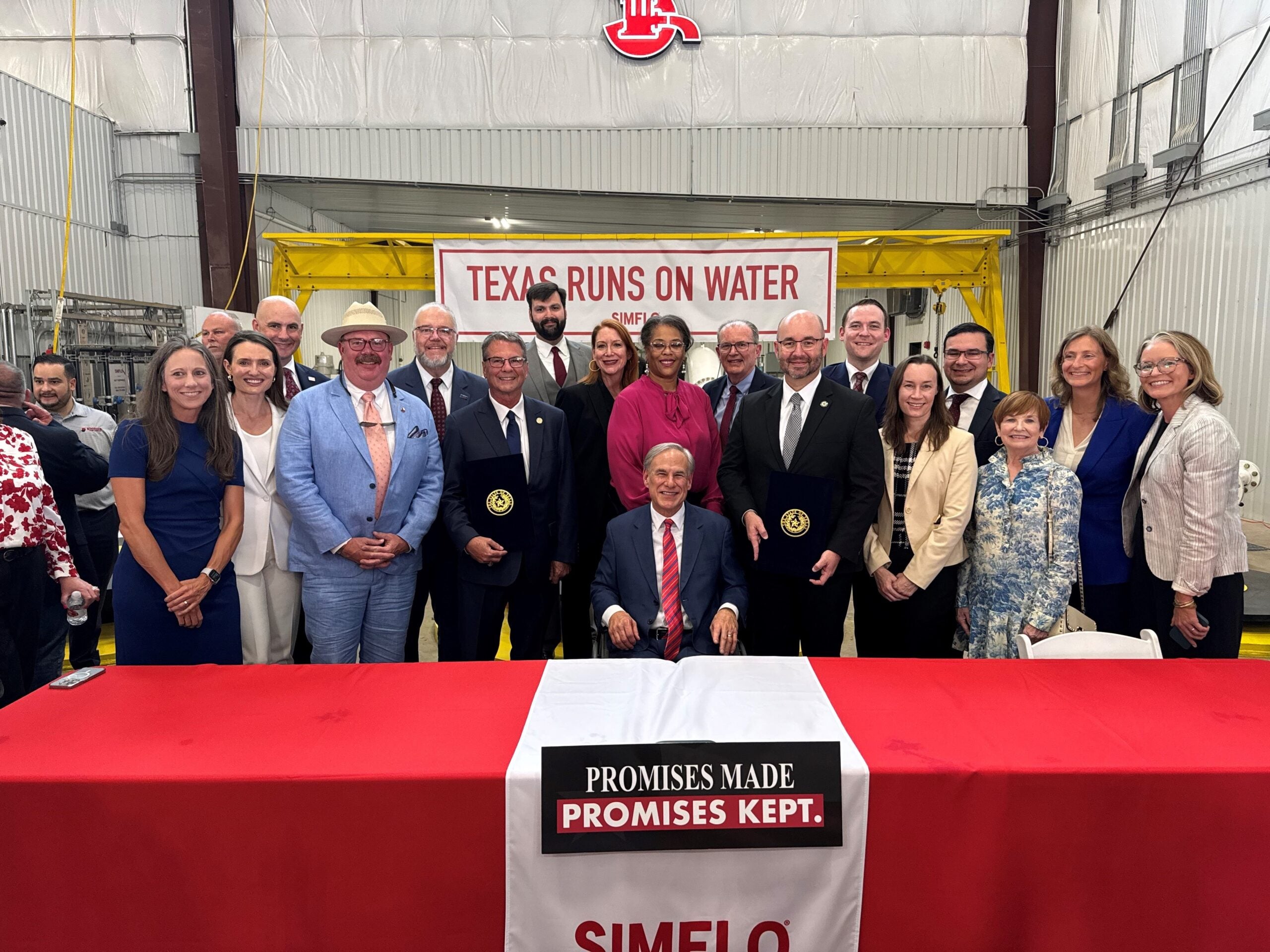This blog is co-authored by Dan Mueller, Senior Manager, Climate Resilient Water Systems, Environmental Defense Fund
San Solomon Springs is a Texas icon. It’s also a beacon of both caution and opportunity in sustaining Texas’s groundwater resources and the springs and streams that depend on them.
The springs — located in the Chihuahuan Desert, near the town of Balmorhea — have for centuries offered humans and wildlife a source of fresh water in a place that desperately needs it.
In the 1930s, the Civilian Conservation Corps constructed the world’s largest spring-fed pool there. The pool draws people from all over the world to a remote, beautiful part of the desert. The pool, along with the fresh water flowing from the springs, helps maintain an economy as well as an elaborate and fragile ecosystem.
Today, the springs are as vulnerable as they are precious. The West Texas region has already seen another iconic groundwater supply — Comanche Springs, in Fort Stockton — dry up due to the overpumping of groundwater.
The same scientific, regulatory, and environmental risks face San Solomon Springs. More than that, communities all over Texas confront these challenges. Across the state, there is a critical need to better understand groundwater flow and the connection and interaction between groundwater and surface water, and to create scientific and regulatory tools through which local communities and groundwater managers can sustainably manage Texas’s water resources.
The story of San Solomon Springs is a rich, complex, and human one. It requires community voices, historic perspective, and scientific insight. Texas needs to understand the scope of it — not just for that region, but also for all of the other endangered bodies of groundwater that preserve people, plants, animals, streams, and economies above-ground.
To tell it right, EDF developed an online, interactive story map called, “Water in the Texas Desert; the Story of the San Solomon Springs System.” This storytelling experience features interviews with more than a dozen residents and experts, historic images and contemporary photos, maps and scientific diagrams, and an extensive narrative laying out the springs’ past and present — as well as the critical collaborative efforts of researchers, landowners, and local community who are working to protect its future.
We launched the story map on World Water Day 2023. We hope this resource demonstrates to officials in West Texas — and far beyond — the vital importance of understanding and preserving our groundwater.











